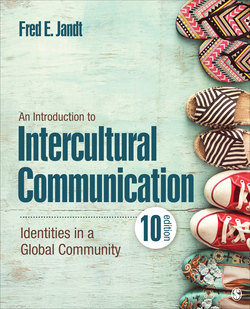Читать книгу An Introduction to Intercultural Communication - Fred E. Jandt - Страница 123
На сайте Литреса книга снята с продажи.
Case Study of Communication Between High- and Low-Context Countries—China and the United States
ОглавлениеIn the last section, you read about Hall’s description of high- and low-context cultures and how context affects how we communicate and how we think about ourselves and others. China was described as an example of a high-context culture, and the United States was described as an example of a low-context culture. A 2016 Pew survey of the Chinese public showed U.S. power and influence as the top international threat facing their country (Wike & Stokes, 2016). Neither country has especially positive views of the other. People in the United States were most concerned about the amount of U.S. debt held by China, the loss of jobs to China, cyberattacks, and human rights. Most Chinese believed the United States was trying to hold their country back from becoming as powerful as the United States. By 2019, some columnists were saying that trust between the two countries is at its lowest point in 30 years.
In this section, you’ll explore some of the ways that context has affected communication between the two countries. First you’ll review some of the communication barriers between high-context and low-context cultures. Then, after a review of Chinese history, you’ll use these barriers, the barriers to intercultural communication identified in the previous chapter, and your understanding of how context affects perception to analyze issues between China and the United States.
